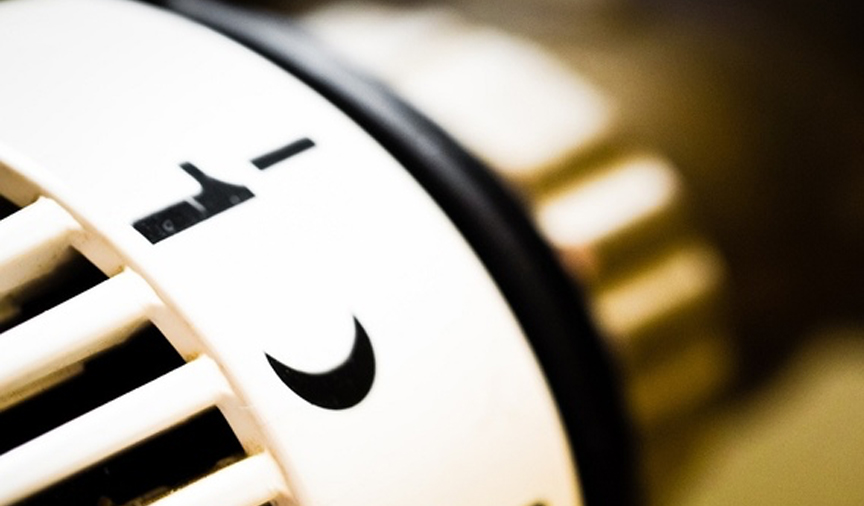15th June 2022
With over 84% of the United Kingdom using gas heating systems, the likelihood is that at some point, you will have to start bleeding your radiators periodically to ensure efficiency and maximum heating throughout your home. Over time and with continuous use, air bubbles are trapped in radiators, preventing hot water from circulating throughout the house properly. Air in radiators stops them from heating up as quickly as they should, therefore reducing the efficiency of your household heating system and costing you more money as a result. However, bleeding your radiators is a relatively straightforward process, and the best part is you don’t have to be an expert to do it!
Signs Your Radiator May Need Bleeding
Thankfully, there are some very clear indicators as to whether your radiator may need bleeding. The most obvious sign is from your radiator not getting hot when the central heating is active. This can generally be isolated to a couple throughout the house, depending on the age of the heating system, while widespread radiator failure could be an indication of a more serious boiler issue. Other common signs that your radiator needs bleeding include:
- The top of the radiator not heating up. While cold spots on radiators are a recognisable sign of air building up, the problem will generally start at the top of the unit. This is due to the air bubbles rising in the central heating and gathering at the top of the unit, causing it to be significantly cooler than the lower half.
- Another indication of performance issues is damp patches or condensation build-up around/ above the radiator. While this is less common, it is an indicator that it may not be heating up sufficiently.
- Creaking radiators are another sign that the system may need bleeding. This is generally caused by an irregularity in air pressure that causes vibration and the subsequent creaking sounds.
However, before you start bleeding radiators it is important to check for more serious problems. Check that there is no water underneath the radiator or that there is no rust around the system – either of these problems could be an indication of a leak or boiler issue.


